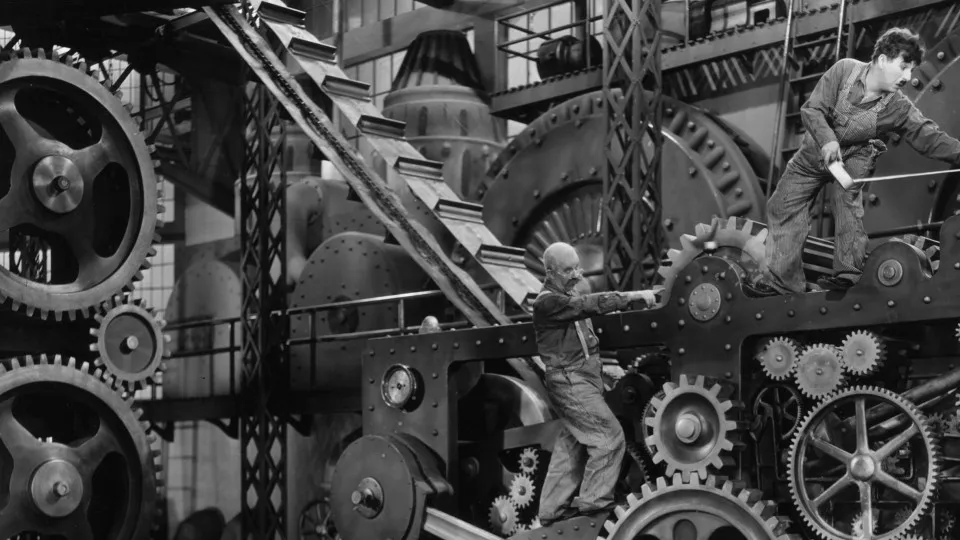The Industrial Revolution saw the wide-scale transition to new manufacturing processes in Europe and the United States between the mid-1700s and the mid-1800s, and represented an era of great technological advancement. It was a time, too, that saw the introduction of numerous groundbreaking inventions, key innovations that would change the way we live forever. Indeed, much of the technology used in the manufacturing sector today has its origins in the modernization of industry in the 18th and 19th centuries.
Click through the following gallery and take a look at the revolutionary production methods taking place 250 years ago.



